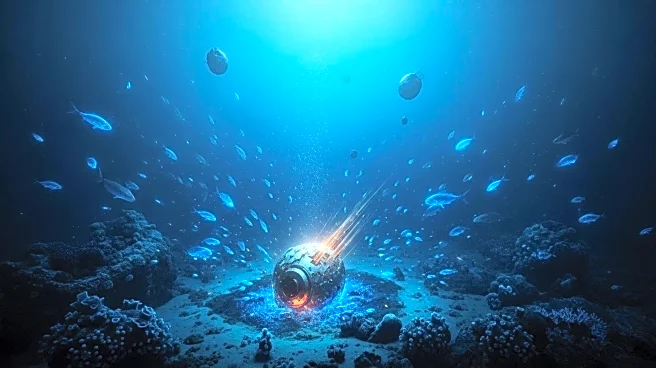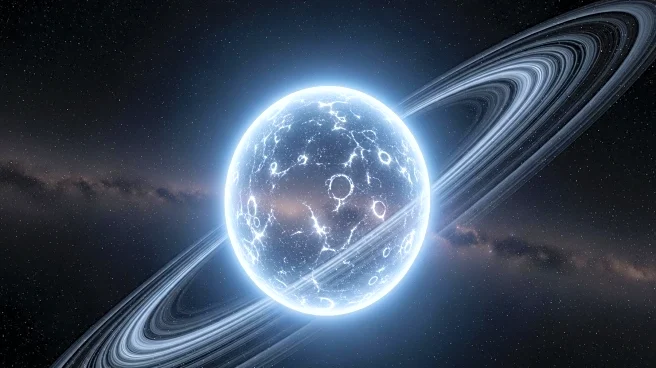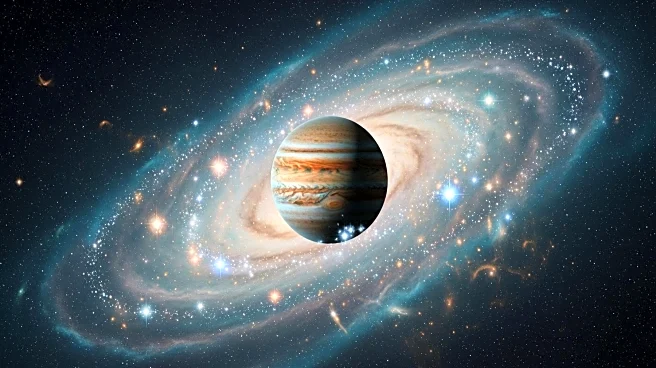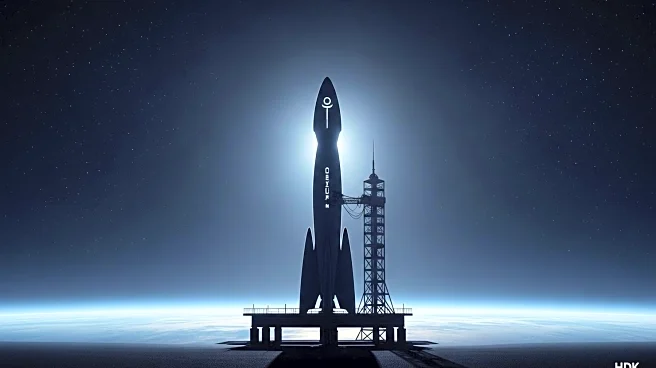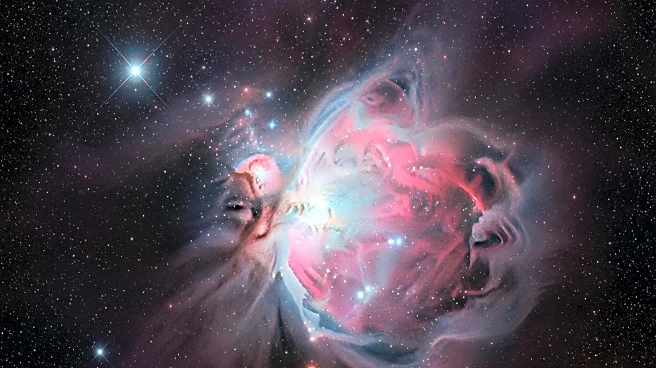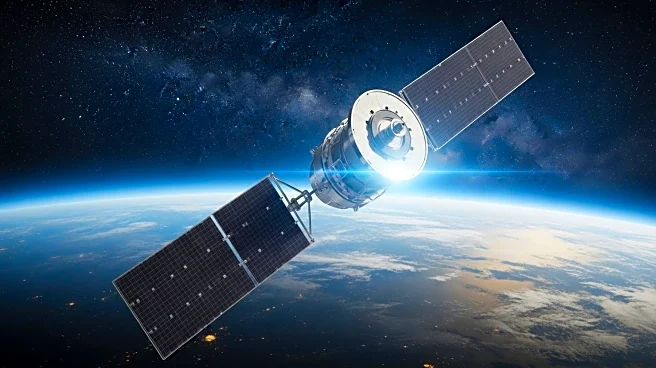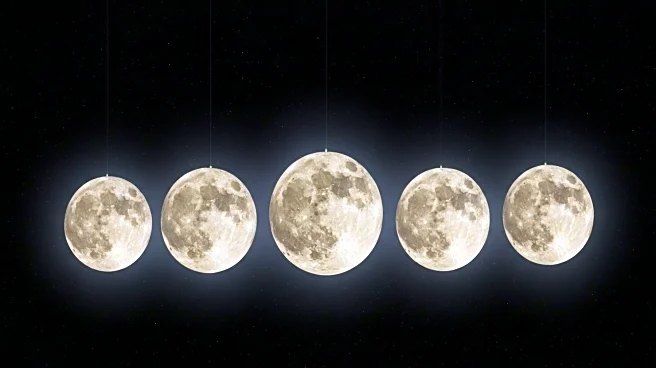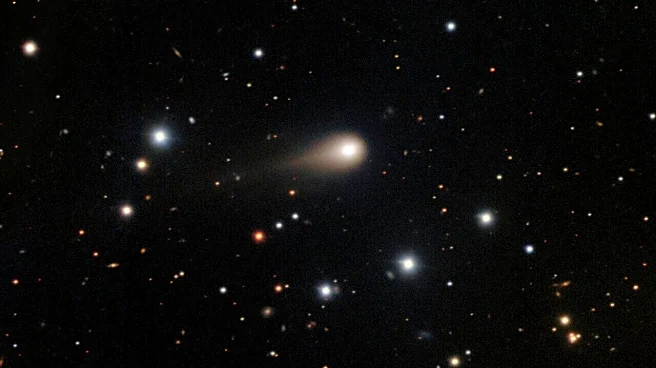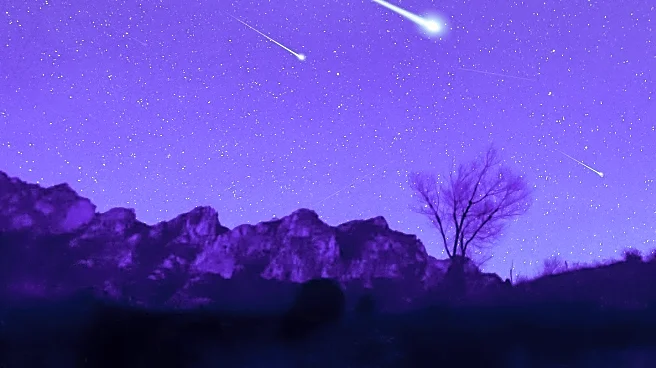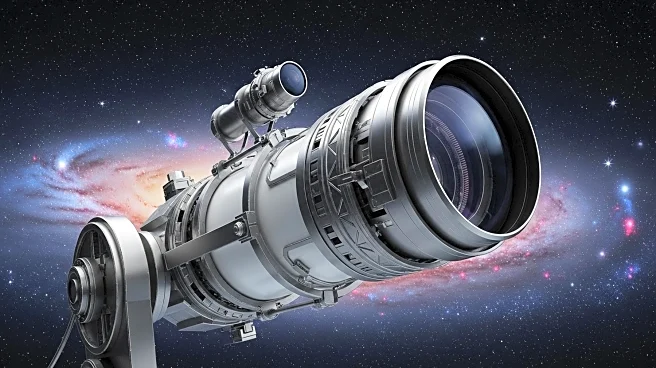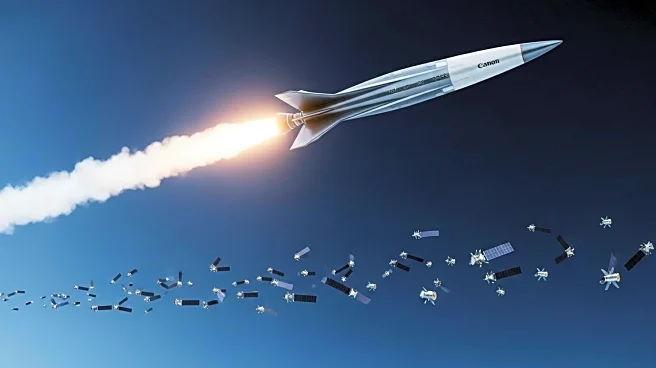What is the story about?
What's Happening?
Researchers have found an unusual concentration of Beryllium-10 (10Be) in the Pacific Ocean's deep crust, suggesting that debris from a supernova may have reached Earth approximately 10 million years ago. This discovery was made by Dominik Koll and his team at the Helmholtz-Zentrum Dresden-Rossendorf in Germany. They were investigating the isotope to date oceanic rock layers when they noticed the anomaly. To explore the possibility of a supernova being the cause, Efrem Maconi and colleagues at the University of Vienna traced the orbits of the sun and nearby star clusters over 20 million years. Their analysis indicated a 68% probability that a supernova occurred within 100 parsecs of Earth during the time of the 10Be spike.
Why It's Important?
This finding could significantly impact our understanding of cosmic events and their influence on Earth. If confirmed, it would provide evidence of a supernova's ability to affect our planet, potentially altering geological and atmospheric conditions. The research highlights the need for further studies to confirm the anomaly in other global locations, which would support the supernova theory. This could lead to advancements in geological dating methods and a deeper understanding of Earth's history and its interactions with cosmic phenomena.
What's Next?
Scientists aim to verify the Beryllium-10 anomaly in other deep-sea crusts worldwide. If similar findings are observed, it would strengthen the supernova hypothesis. Conversely, if the anomaly is unique to the Pacific, it might suggest a terrestrial cause, such as ocean current shifts. Further research is needed to explore these possibilities and refine our understanding of Earth's geological history.
AI Generated Content
Do you find this article useful?
